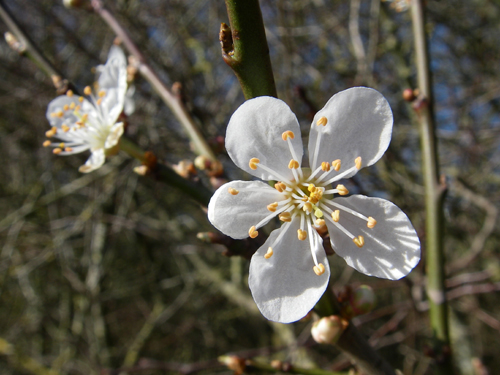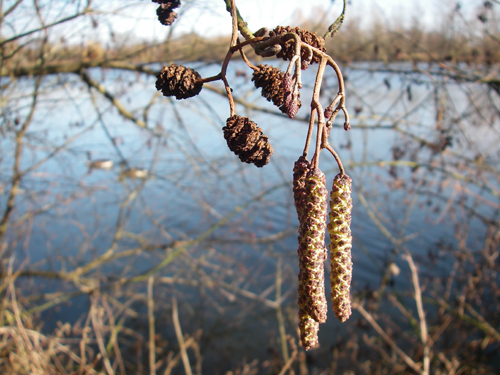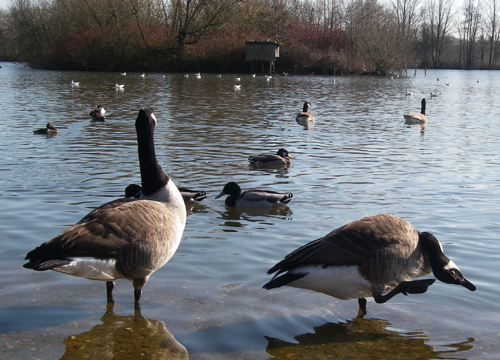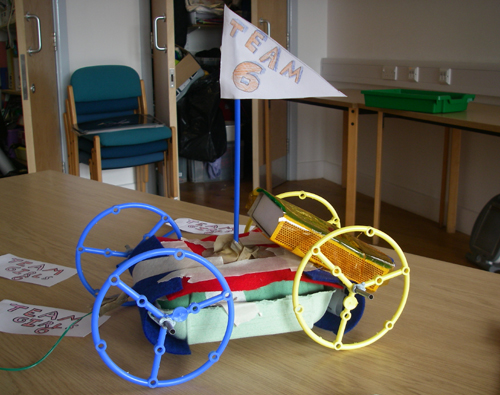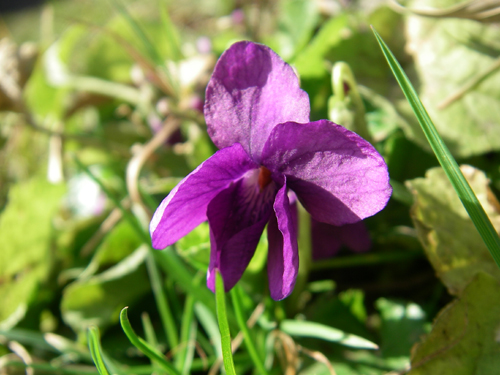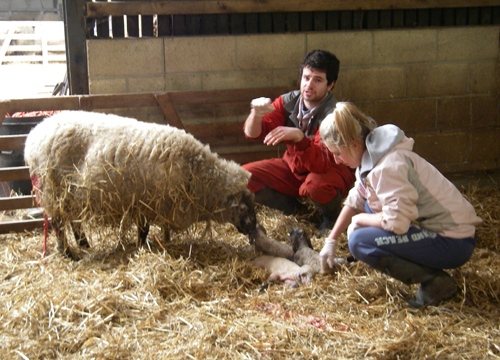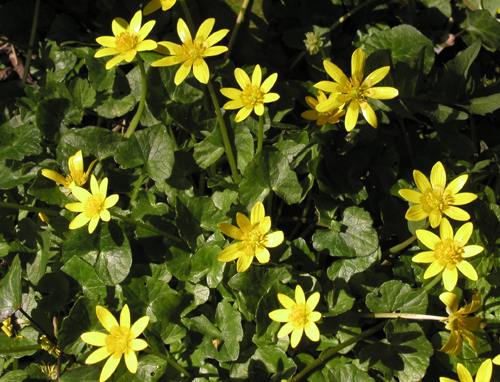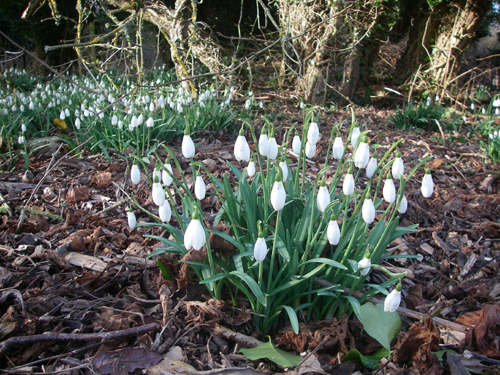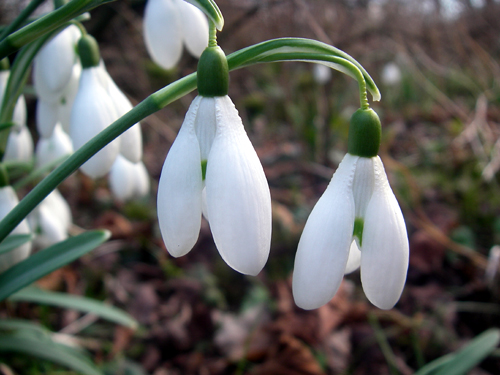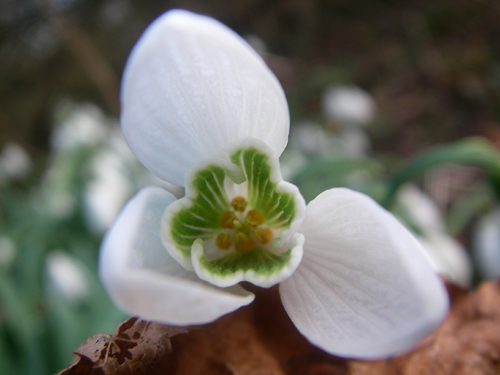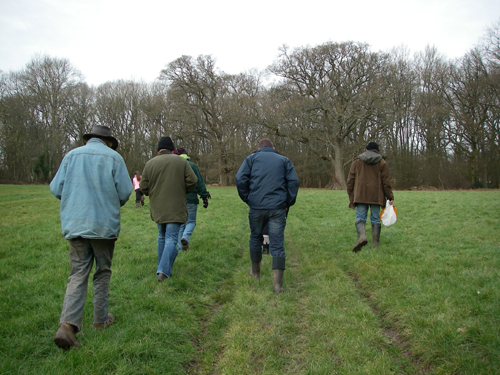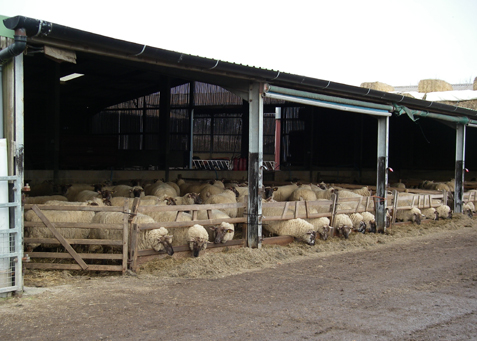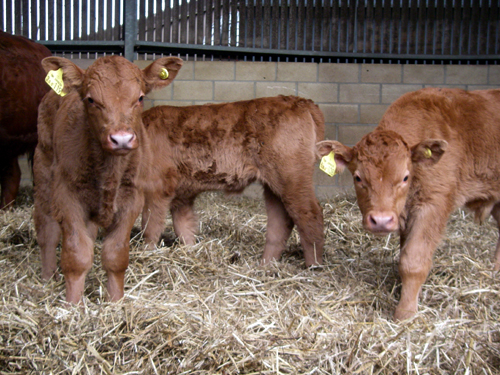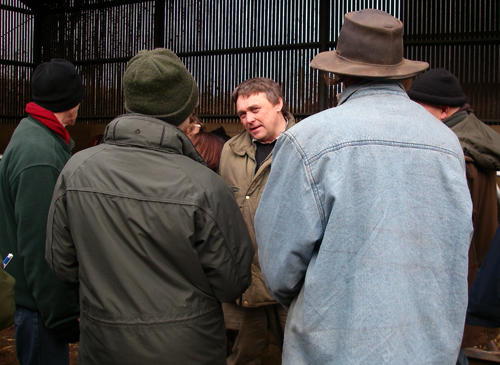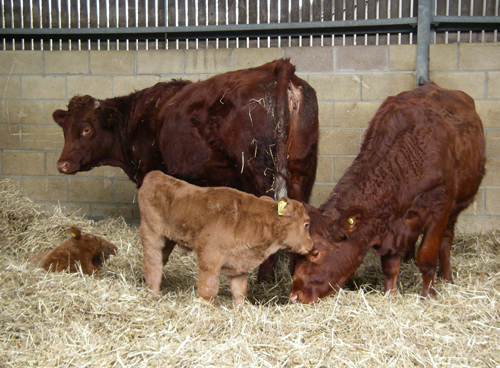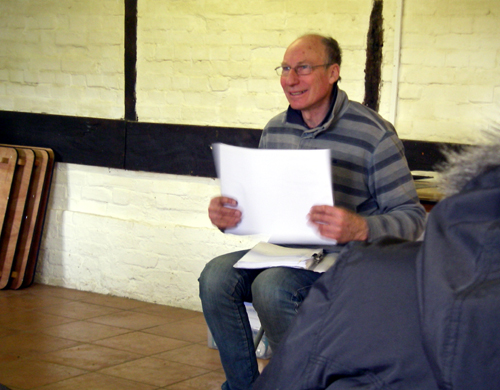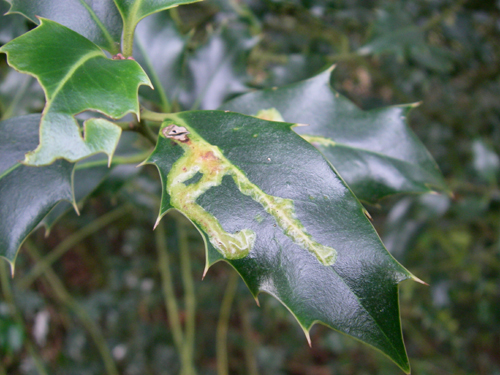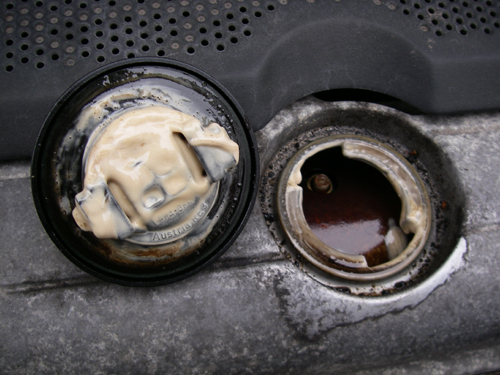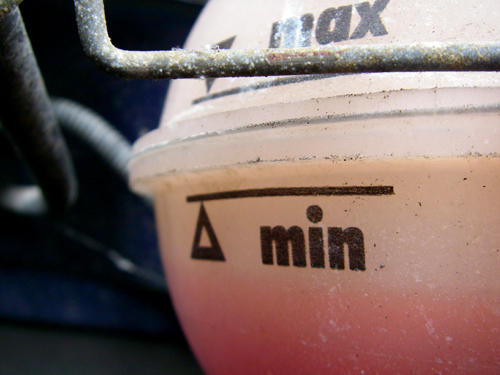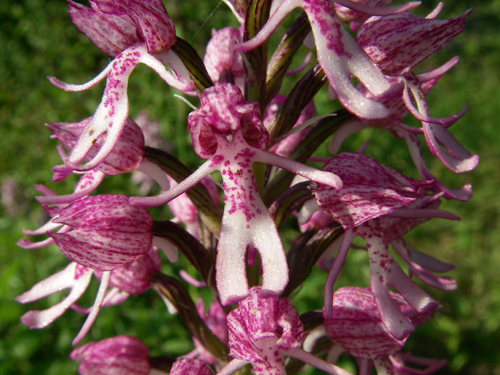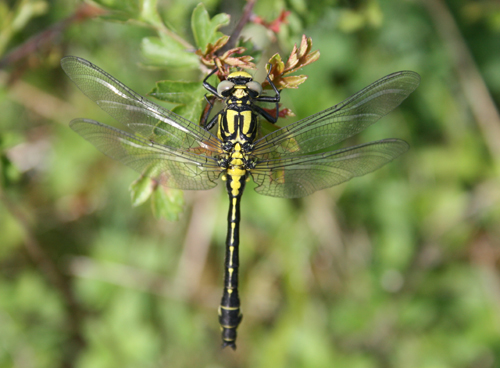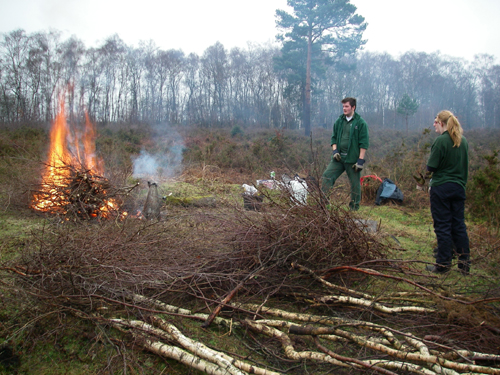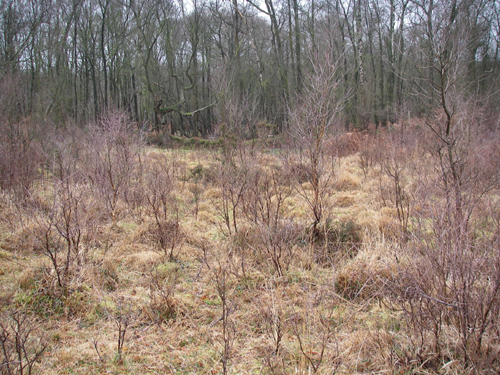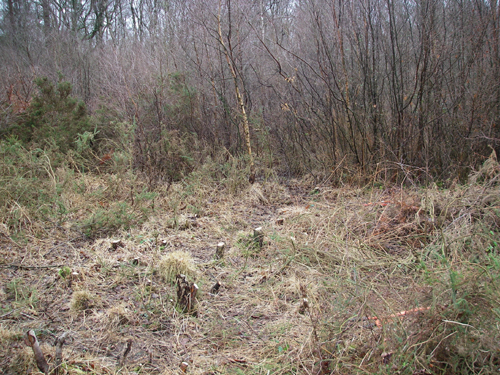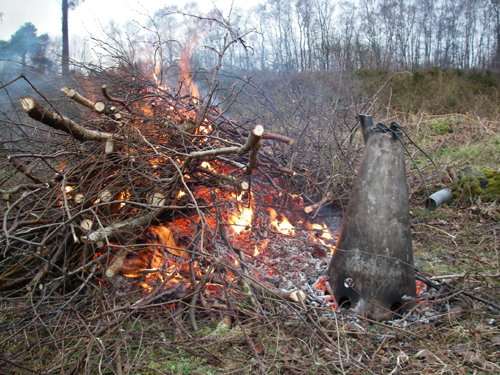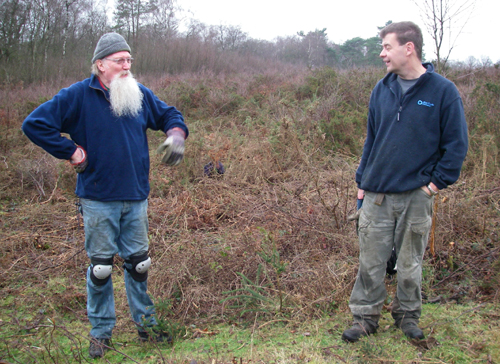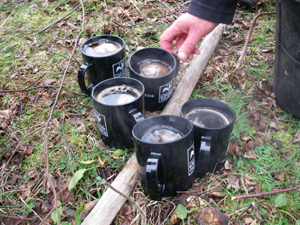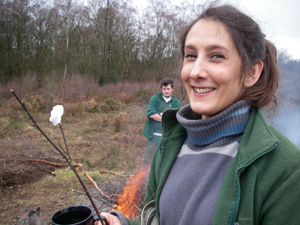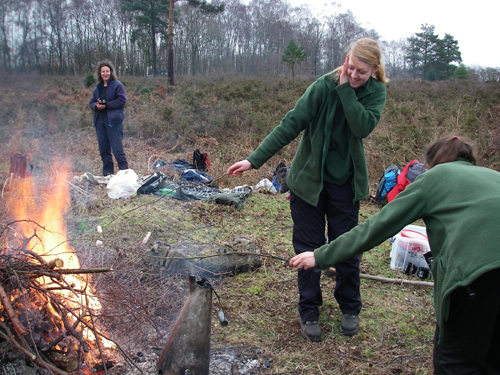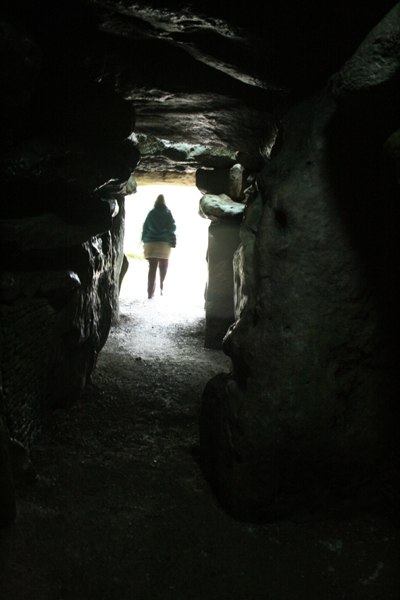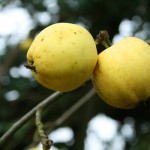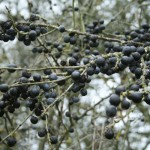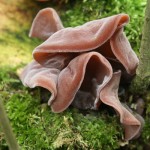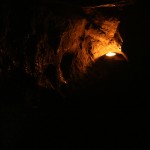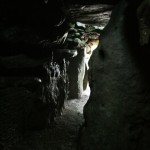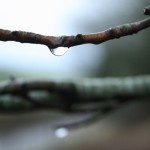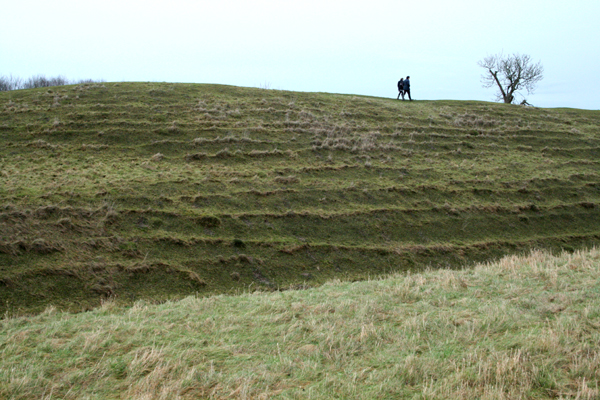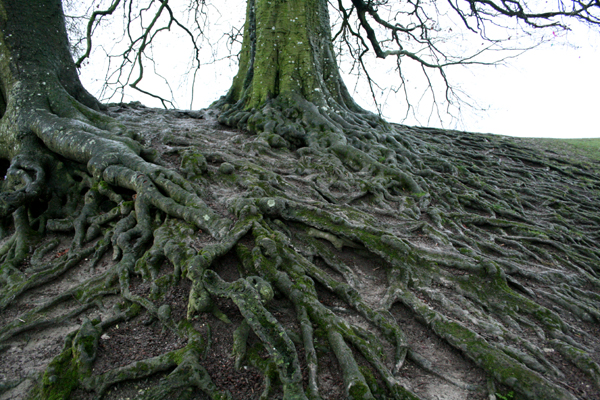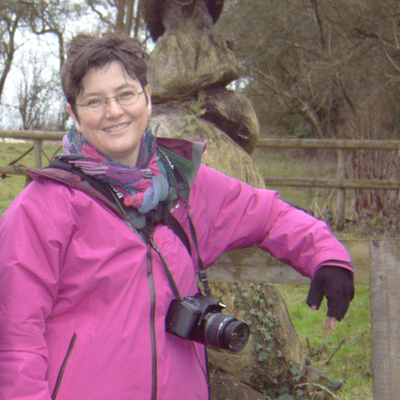It’s that time of year when weather can be at its most British: sunny and mild one day, wild and wet and cold the next… And the past week has been true to seasonal form. Last Saturday I was cycling around Thatcham Reedbeds after working with the Young Rangers group at the Nature Discovery Centre. Glorious sunshine had brought out local people and the wildlife, and I found not only Blackthorn Prunus spinosa in flower but also catkins on the Alders Alnus glutinosa around the edge of the lake there.
From Blackthorn we get the phrase ‘Blackthorn Winter’, which refers to a spell of cold weather often coinciding with the blossoming of this early-flowering native shrub. Blackthorn flowers appear before the leaves, which makes them easy to differentiate from Hawthorn Crataegus monogyna. The other plant that could be confused with Blackthorn is Cherry Plum, Prunus cerasifera; but this tends to flower earlier still than Blackthorn, grows taller, and is largely lacking the long sharp woody thorns that Blackthorn bears in abundance. I can testify to the wounding power of these: some years ago I spiked my arm on Blackthorn during a conservation task, and unbeknownst to me the brittle thorn broke off inside the muscle… From whence it was surgically removed some four weeks later, after I’d begun wondering why my arm wasn’t healing up.
Alder is another interesting native tree: usually found growing alongside water or in damp woodlands, it bears long catkins in the spring from which the wind blows clouds of pollen onto its smaller cone-like female flowers (last year’s woody ‘cones’ are visible in my photograph). Alder wood has the useful property of not rotting when under water, an attribute that led it to be used for making bridge piles, sluice gates, water pipes and clogs. It also produces a good quality charcoal that was once used in the production of gunpowder. It is a valuable tree species for wildlife, supporting leaf- and nectar-feeding insects and seed-feeding birds, as well as helping to stabilise waterside banks with its roots. In folklore Alder had a somewhat sinister reputation as the pale timber appears to bleed after felling, turning from its pale freshly-cut colour to a bright orange-red.
There was a lot of bird activity on this mild day too, with smaller birds such as Great and Blue Tits, Blackbirds, Robins and finches hectoring each other from the bushes whilst waterfowl were busy on the lake. No sign yet of the Sand Martins returning to their deluxe nest box complex (that you can just see on the lake island in the photo above), but lots of paddlers about: Mallards, Shovellers, Tufted Ducks, Great Crested Grebes, Coots and Moorhens with their comedy feet, Mute Swans and of course the ubiquitous Canada Geese. People feed the birds on the lake (usually grain that is bought from the Nature Discovery Centre, helping to generate a little extra income) so there are always plenty to see.
Our Young Rangers session was about recycling and Fair Trade: the children divided into two teams (boys and girls, inevitably) and built ‘buggies’ from recycled materials that were then raced against each other. ‘Team Girl 6’ were the overall winners, success largely due to their superior abilities to co-operate and work together, it seemed! Notably, their buggy included a matchbox luggage compartment for storing useful stuff, and was accompanied by a selection of nifty team flags. I predict that Jeremy Clarkson should be worried.
After playing some ‘Unfair Games’ we made spring chocolate cornflake nests, using Fair Trade chocolate. The kids even made some for me and co-leader Becky, as well as other staff at the Discovery Centre, so I was nicely fuelled up for my bike ride back home afterwards. Just before I set off I discovered my first Sweet Violet Viola odorata of the year, flowering on the sunny bank near the centre. They have sweetish scent which is unlike any other flower, and which possesses the curious power of temporarily anaesthetising your smell receptors. I’m not sure what evolutionary benefit this would confer, but it remains one of my favourite early spring wild blooms. The leaves are also the foodplant for Fritillary butterfly species, should you need any further encouragement to find room in your garden for a few violets.
Early flowers are appearing and so are the lambs at Rushall Farm, the first mob of ewes having begun giving birth. This is the start of what will be a flood of over 1,400 lambs by Easter – and many hundreds of school children and youth groups who come to the farm on educational visits, too. I was teaching at Rushall this week and will be almost every weekday from now until Easter: we had two schools of ‘littlies’ who were fun to work with, and on Thursday we all got to see a ewe giving birth to triplets – high excitement! The kids were awe-struck and asked lots of questions about the process (especially about the gory bits). Steve the shepherd handled the whole thing very competently with the assistance of a veterinary student on work placement at the farm, even managing to keep a running commentary going whilst rummaging about inside the sheep. Very impressive.
After a rather nice mild end to the week, Sunday came over decidedly wintery again, which was frustrating as I’d been stuck indoors with a stomach bug on Saturday and was pining for some fresh air. I decided to head for the allotment anyway, whereupon the rain turned into near-horizontal snow. Digging up leeks in a howling blizzard is an interesting experience; whimpering slightly I managed to get my harvest in and scuttle home to a hot bath, with leeks for supper. The allotment hasn’t got much going on with all the cold weather we’ve been having: our broccoli won’t be ready till late spring or early summer, and our cabbages probably fall into the category of ‘baby vegetables’ at present. It’s a bit like waiting for Christmas. I’m still munching my way through last year’s frozen runner beans and courgettes though, so I’m not complaining.
The aforesaid stomach bug was particularly annoying as it prevented me from going along to sing at a ‘Ukes For UNICEF’ charity benefit festival in Berkhamsted on Saturday. Unfortunately that left my co-performer John in the lurch, although he of course managed to give a successful ukulele-playing solo spot. And we did have a good night earlier in the week at the Unplug The Wood open mike at the Lion Brewery in Ash. It was standing room only and people were very complimentary, plus I won a bottle of wine in the raffle so a good evening out! For those of you who weren’t there, there are a couple of videos up on YouTube of me singing with John on uke, should you be so inclined to have a listen.
The coming week sees me busy teaching at Rushall and co-leading Sing The World community choir in Newbury, so fingers crossed for weather that feels more like spring than winter as March marches on. I spotted some Lesser celandines Ranunculus ficaria starting to open on a south-facing hedgebank as I drove home last week, beautiful little starry yellow wild flowers that shout “NECTAR!” at any passing insects who may have been brave enough to come out of hibernation…
So for their sake and mine, hopefully some warmer days will soon turn up.

